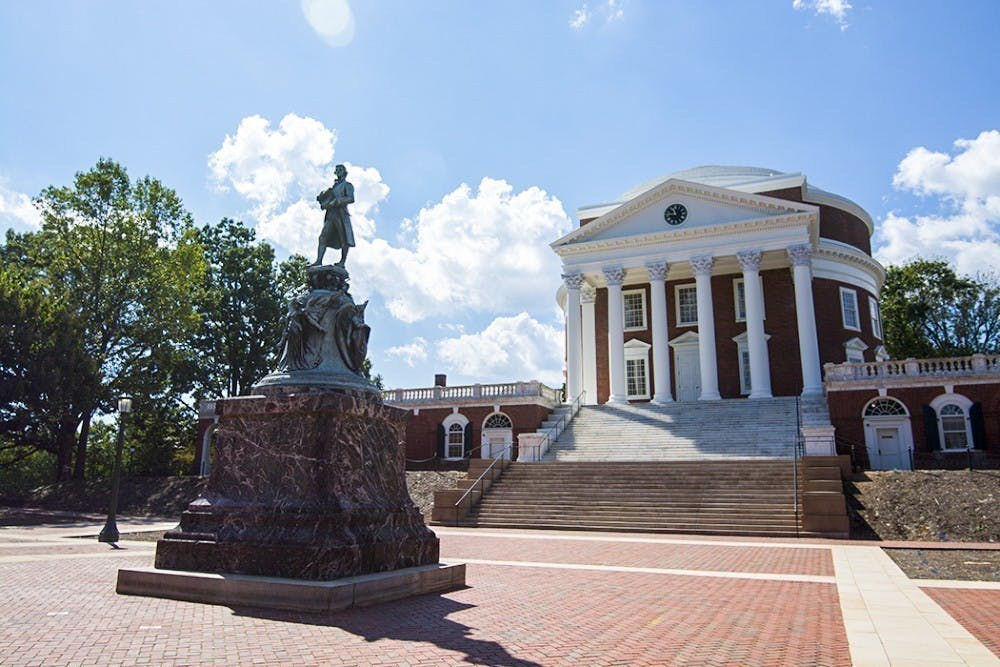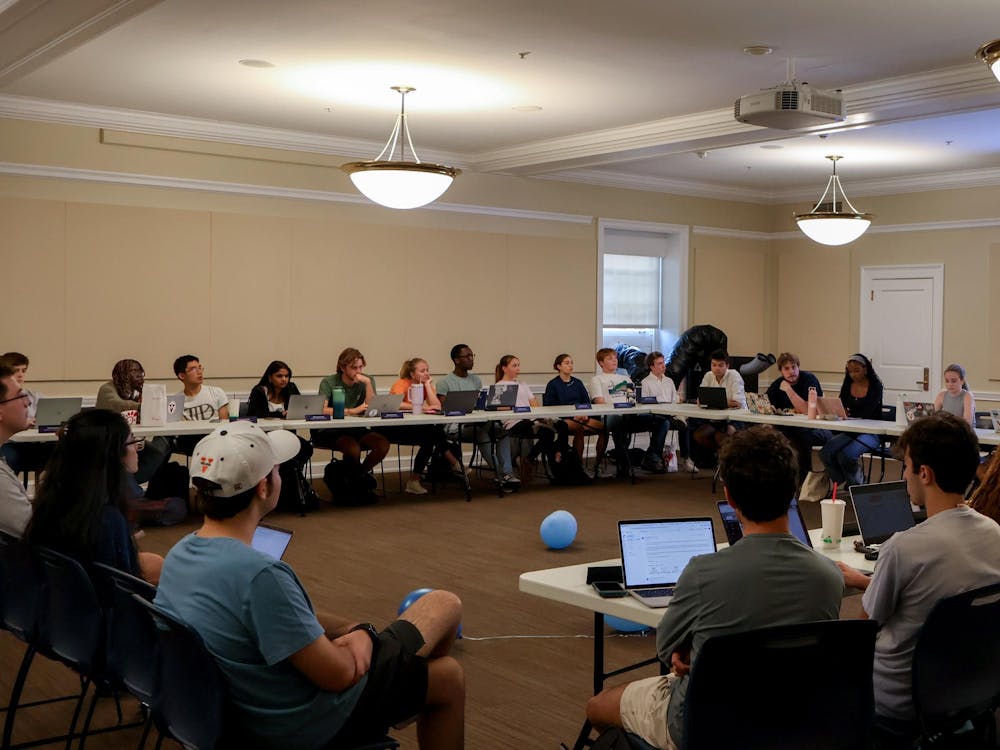中文版请点击此处 // Lea en español
The University lifted its ban on in-person gatherings and said it would be returning to a six-person gathering limit in a University-wide email sent Friday. After restricting movement outside residences to essential activity only Feb. 16, students are now also free to resume normal activity following health and safety guidelines.
“These changes are good news, and a clear indication of how seriously members of our community, particularly our students, are taking the enhanced public health measures,” President Jim Ryan said in the email. “We are grateful for your effort and your sacrifices in this important moment for our University.”
Students are encouraged to stick in pods or social bubbles — small groups of people who agree to socialize in person only with each other and stick to the same COVID-19 prevention measures. IM-Rec facilities and University libraries will reopen with the same modified operations that were in place at the beginning of the spring semester.
Indoor dining will remain limited to groups of two, including in dining halls, while outdoor dining is limited to groups of six. Contact tracing has identified indoor dining as a “higher-risk activity,” which is why the University has set the indoor dining gathering limit to groups of two, Ryan said.
“Many of the cases that led to the spike started with minor lapses like two or three people removing their masks to eat together in a dorm room or off-Grounds residence,” Ryan said.
The University will continue to limit volunteer activity, except for students who volunteer as Emergency Medical Technicians or firefighters who have been vaccinated.
The ban on in-person gatherings was announced last week in response to a large increase in COVID-19 cases within the University community. In the same email announcing the ban, University leadership also encouraged students to remain at home and restrict movement outside residences to essential activities, such as attending class or a mandatory testing appointment.
According to the University's COVID-19 tracker, nearly 650 cases of COVID-19 were reported within the University community last week. Feb. 16 and Feb. 17 set single-day caseload records, with 121 and 229 cases reported, respectively. Quarantine occupancy hit an all-time high of 50 percent occupancy Monday.
Many have taken to social media to speculate that the rise in cases was due to Inter-Fraternity Council and Inter-Sorority Council recruitment, parts of which were held in-person. While the IFC permitted chapters to hold in-person recruitment rounds, ISC chapters were only allowed to hold in-person bid day celebration subject to approval by the ISC.
Despite speculation, the University said that in-person Greek life recruitment was not the primary reason for the rise in cases at a town hall event last week. In a previous email sent earlier that week, the University said that there was no evidence that Greek life recruitment had led to rising COVID-19 cases.
Cases have started to decline this week, with just 26 cases posted Wednesday. The positivity rate has also declined from 4.11 percent Saturday to 2.19 percent Wednesday, according to the University’s COVID-19 tracker. As of Thursday, there are 912 active cases within the University community, 888 of which are students. 34 percent of quarantine space is occupied, while 20 percent of isolation space is occupied.
“The only thing preventing another spike in cases and a return to more restrictive measures is our commitment, as a community and as individuals, to remain vigilant and faithfully follow the public health measures we have in place,” Ryan said. “If we stay on this path and case counts continue to fall, it will soon be safe to further increase the size of gatherings so that we can all have the most rewarding semester possible together on Grounds.”







